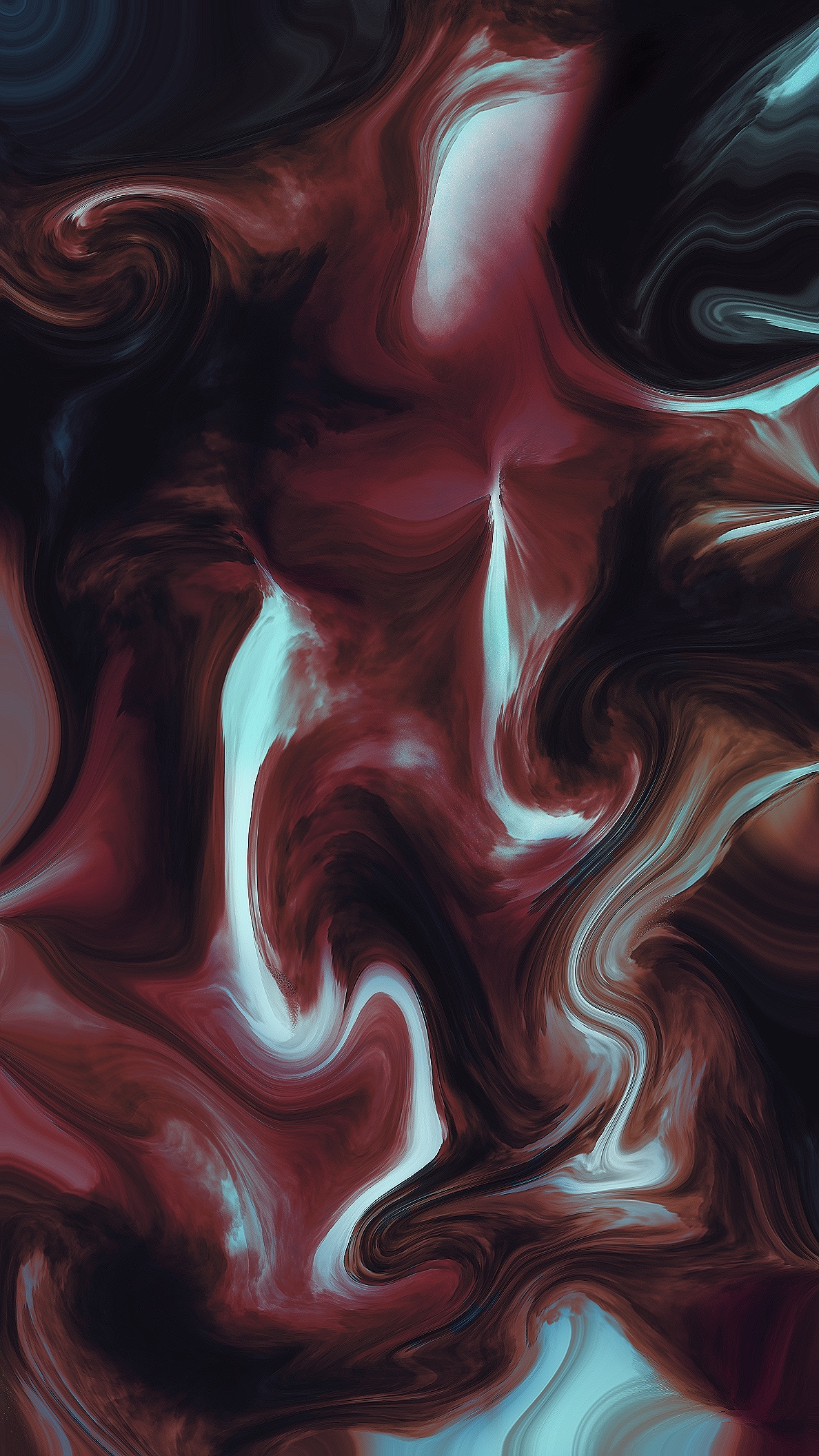
The three fates
The three fates
By: Rosemary Dobson
| Background of the poet | Summary of the Poem |
| Rosemary de Brissac Dobson Born: 18 June 1920 Died: 27 June 2012 An Australian poet, who was also an illustrator, editor, and anthologist. She published fourteen volumes of poetry, was published in almost every annual volume of Australian Poetry and has been translated into French and other languages. Her work demonstrates her love of art, antiquity, and mythology as well as her experience of motherhood. Her work was also described by Earnest Hooton as consistency balanced with variety, reserve with passion, past with present, tradition with innovation, ancient myth with contemporary life, domesticity with culture, and above all Australia with Europe. | Clotho (the Spinner), Lachesis (the Allotter) and Atropos (the Inflexible) were believed to appear within three days of someone’s birth to decide their fate. The three fates represented the cycle of life and they were birth, life and death, and each fate represented one part of the cycle. It is believed that the three fates used a thread to depict someone’s fate; Clotho’s was the fate of birth, she was believed to be the fate that spun the thread of life; Lachesis was the fate of life, she dispensed the thread, finally, Atropos, who was the fate of death cut the thread of life. |

| The three fates | ||
| Clotho’s | Lachesis | Atropos |
| Clotho’s was named the ‘spinner’ as it was her duty to spin the thread of a person’s life from her distaff directly to her spindle. She also made major decisions, for instance when a person was to be born. This allowed her to choose who was born, but also when gods or mortals were to be saved or put to death. | Lachesis oversaw its measurement, and according to every person’s length of thread, their lifespans were different. This would represent destiny, and she was in charge of deciding how much time of life was to be allotted to each person. It is also believed that she was in charge of choosing the fate of every person once the thread had been measured. | Atropos was the oldest of the three, and she was known as the Inevitable. She was closely related to people’s death since it was Atropos who would choose the mechanism of death. It was her task to end the life of mortals by cutting their thread. Unlike the Horai, their siblings, the Moirai were depicted as ugly and old women. But also, as stern, inflexible, and severe thus making people fear their own destiny. |

Language analysis:

Stanza 1:
The phrase ‘instant of drowning’, when psychoanalyzing the character, it could be concluded the man would be seen as presumptuous and stubborn, considering that the man is unwilling to accept peace but instead, begs to live an immortal life. The word ‘invoked’ also adds in a spiritual element into the poem, since the definition of the word within this context means to spiritually summon someone or something and, in this case, it’s the three fates but in this case, referred to as ‘the three sisters’. The next line describes the narrator’s reaction to the man’s wish for immortality. The words ‘mistake’ and ‘aberration’ are seen as synonyms, explicitly communicating that this wish was a bad idea. Finally, the last line of this stanza states the wish, that being, immortality

Stanza 2:
The stanza begins with a simile comparing how the man was ‘brough to back to life ‘to how a cork would come back when submerged in water. The significance of this phrase (when analyzed), considering this entire poem is narrated in reverse order, shows how the death mechanism of the man. If we look at the logistics of how a cork is submerged in water, it will require a great deal of pressure to avoid the cork from floating or coming back to the surface, and when linking this to the man’s death, we could possibly assume and conclude that the death of the man was intentional. In the next line, the word ‘river-bank’ plays a big role in this entire poem, which will be explained in detail in page ____. The next line explicitly states how the man’s life is in reverse which implies that the narrator is aware of what’s happening, assumptions of the writer’s relevance within the poem is addresses in the critical analysis in page ___.
